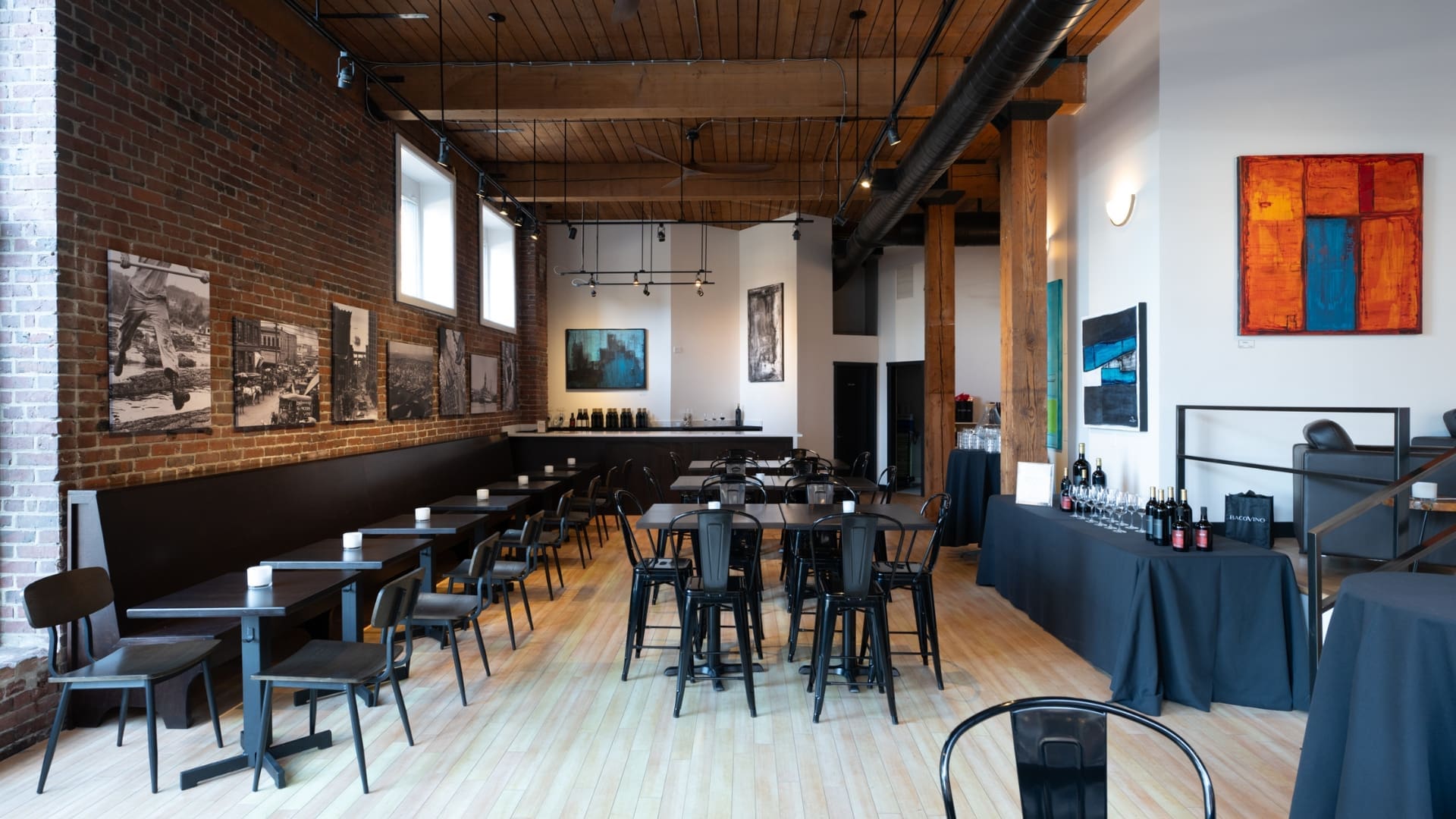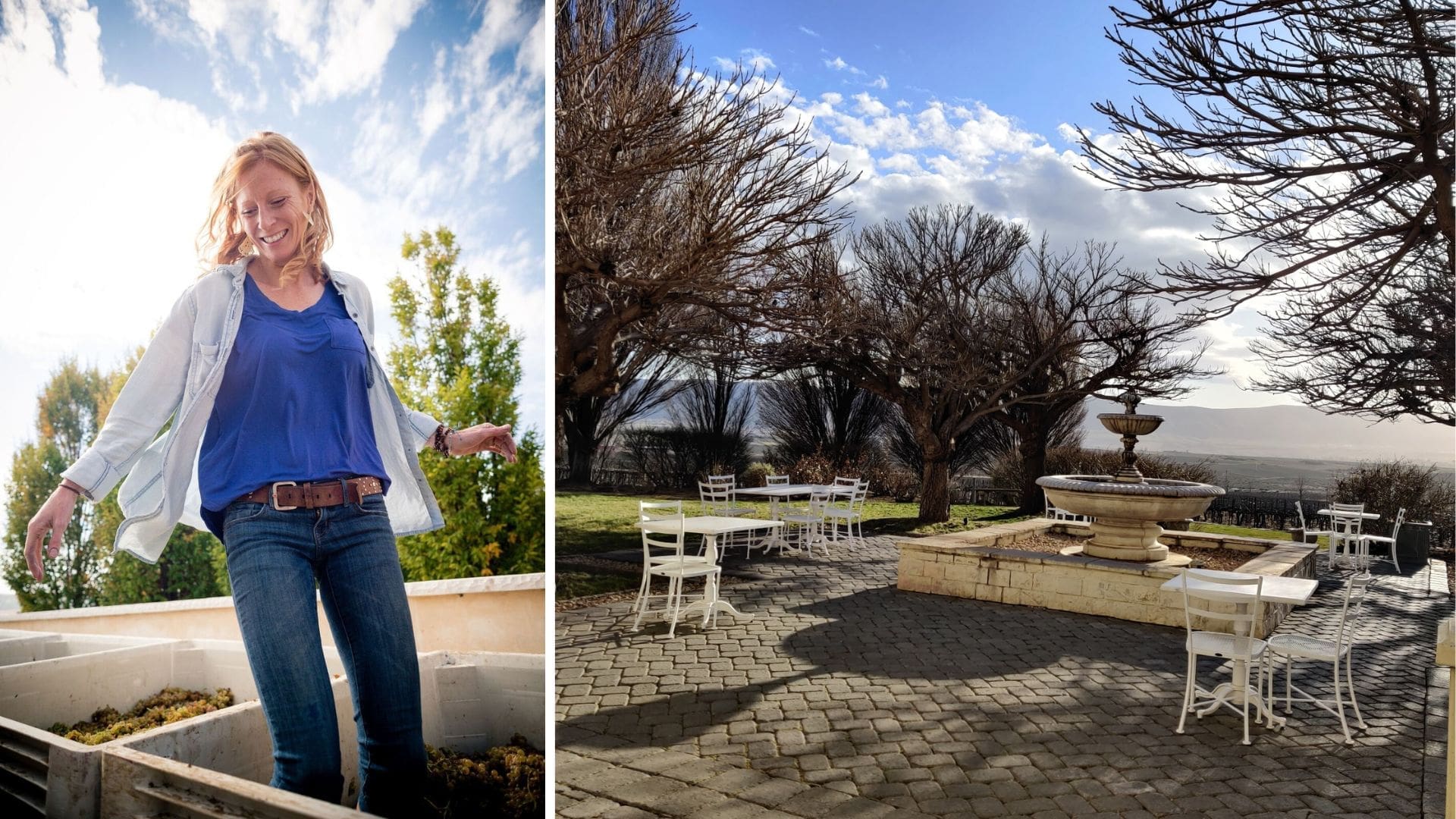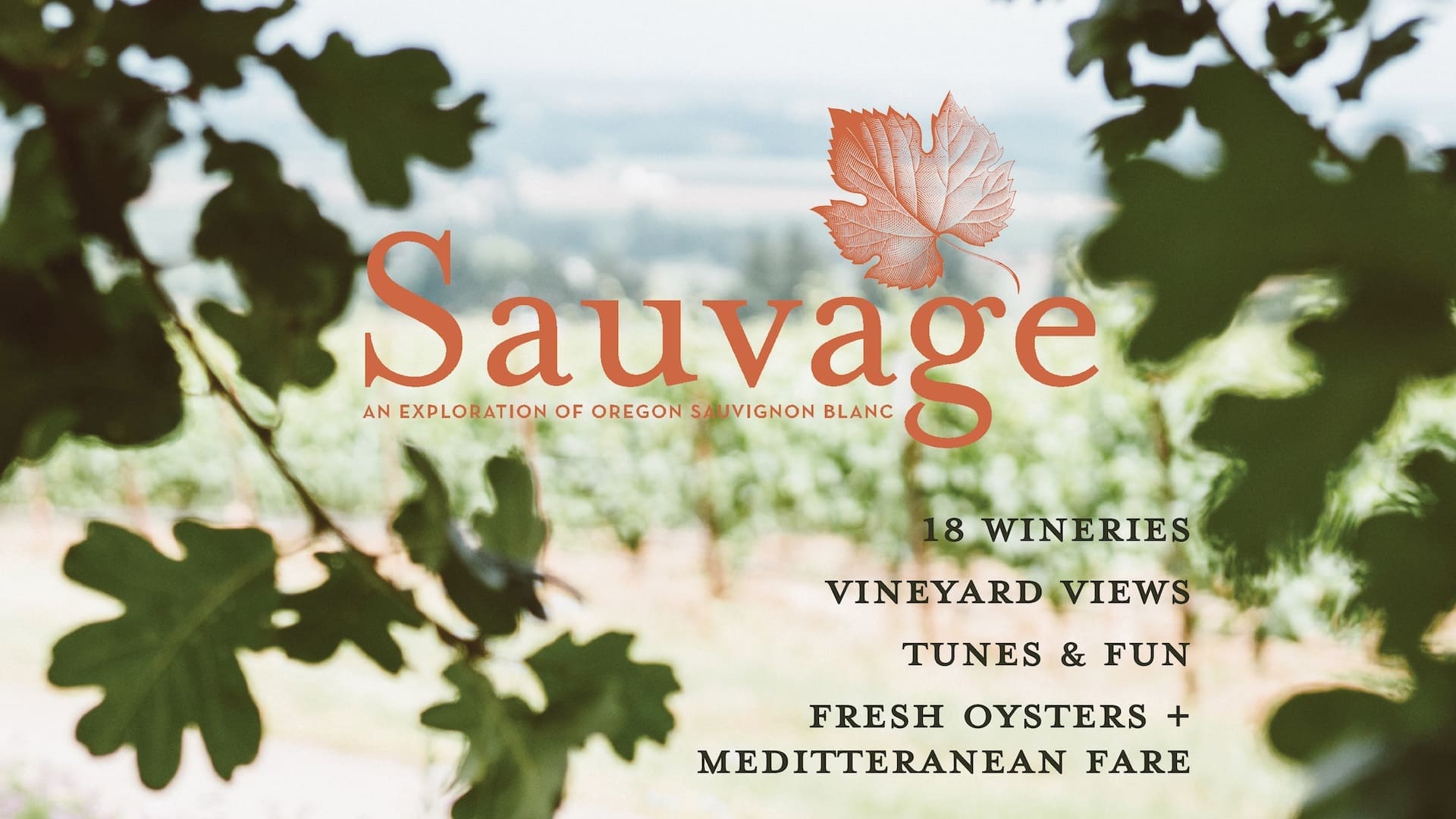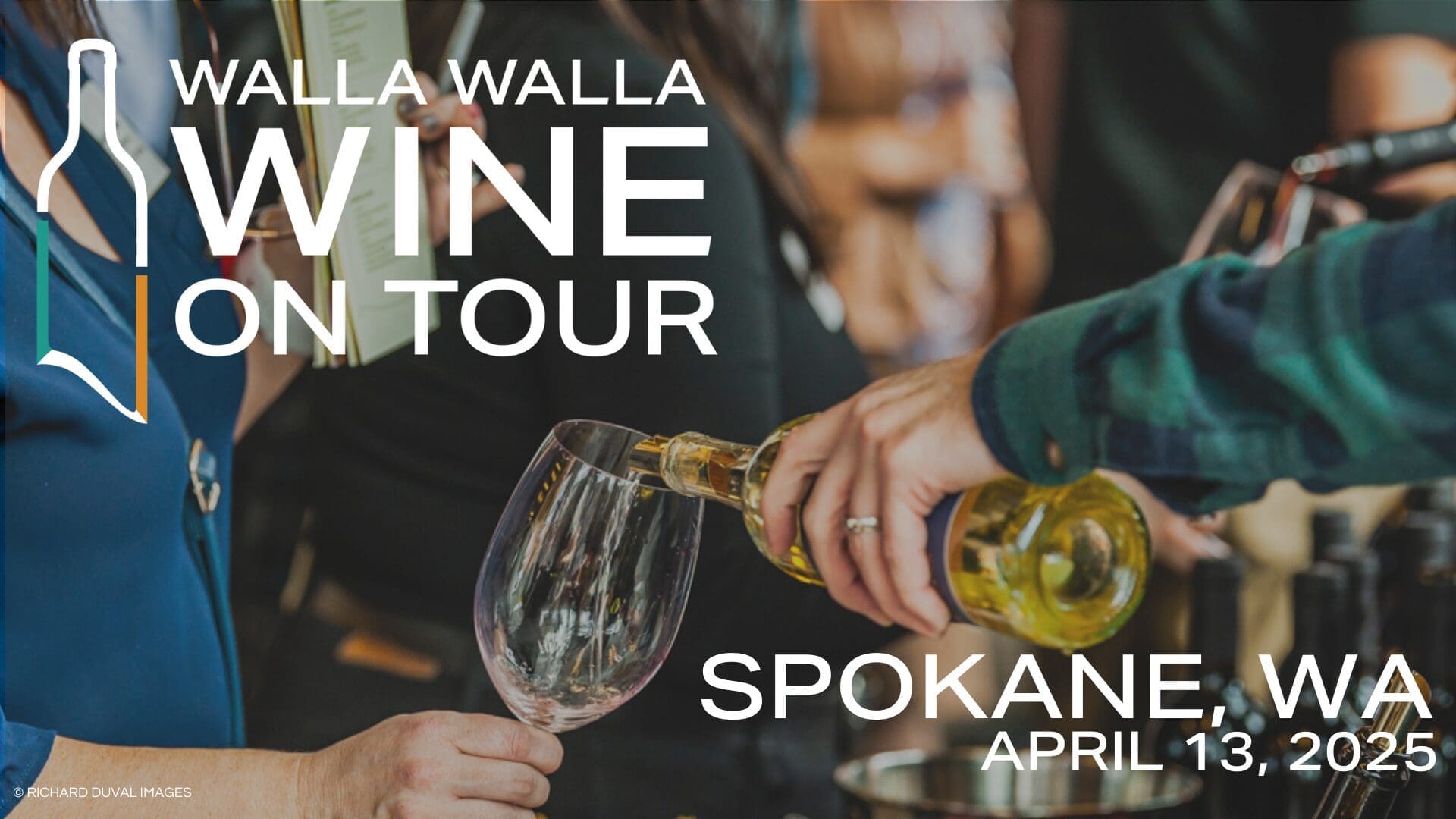Columnist Zach Geballe asks why wine can’t play in the same consumer playground as beer does.
I’m surrounded by breweries. There are two within a block of my house in Seattle, four more within a five-minute walk and upwards of 20 within a mile radius. Even the house itself was the birthplace of another commercial brewery. Most of them are packed on weekends and evenings, with seemingly no limit to how much beer the public will consume. So why haven’t wineries taken the same approach? There may be some urban tasting rooms, but that’s a far cry from the brewpubs I’m describing. Is it something inherent to the beverages themselves or to the culture here? I’m not sure, but I have a few thoughts.
My initial assumption was that it was a matter of cost, that beer was quite a bit cheaper than wine, but I’m not sure that’s as big a factor as I thought. Sure, an urban winery might struggle to sell $15-20 glasses of wine in the same way that breweries sell $5-7 pints of beer, but there’s no reason they couldn’t make more affordable wines that fit into the same general pricing structure. Surprisingly, there are more affordable wines out there than what you may have initially expected there to be. Some online sites offer the chance for you to bid for your favorite flavor of wine at a price that suits you and places like GraysOnline wine delivery will deliver it right to your doorstep. What could be better? Although on saying that, nothing beats going to your very winery.
It could also be that there are just more beer drinkers in the Northwest. There’s probably something to that, of course, but there assuredly must be enough wine lovers (or people who like both) to support more urban wine pubs. Given the trendiness of wine in a certain demographic, and the popularity of wine tourism, I’d have to assume that something similar would work closer to home.
No, I think the main difference is cultural, and lies in our differing expectations. For the most part, beer is viewed as approachable, communal and casual. The dominant aesthetic for a Northwest brewpub is warehouse-chic: stools, a big roll-up garage door, and pretzels, with a food truck parked outside. Beyond that, the average wine drinker doesn’t really view beer as an agricultural product, so no one is disappointed if a brewery just looks like a beer factory: we don’t expect to see hop vines out the window.
Wine, on the other hand, requires far more trappings. It certainly can’t just be served in a large concrete room with little more than pretzels for sustenance. No, it requires tasteful decor, maybe some finger foods and a string quartet in the corner. You should be able to see the vines being lovingly tended by someone who will speak reverentially of the exact type of granite that forms the bedrock.
Frankly, there’s a time and place for that, but I’d like to see us take wine off that pedestal a bit. As Americans drink more and more wine, there’s no reason to think that every wine experience has to be like the one above. Wine can be enjoyed just as much in a warehouse as in a vineyard, as much at a football game as at a black-tie affair, and while we shouldn’t lose our appreciation for where it comes from, we shouldn’t just limit wine to those rather stuffy confines.
Zach Geballe is a sommelier at the Dahlia Lounge, the owner of Vine Trainings where he teaches wine classes, and a writer. He lives in Seattle, where he owns more wine than he can reasonably drink, but loves to share. You can find him at @zgeballe or vinetrainings.com.












